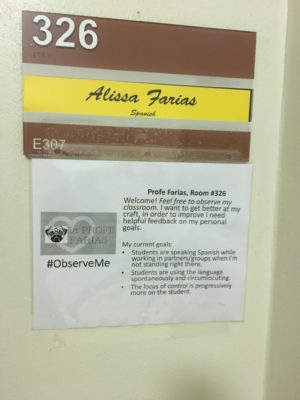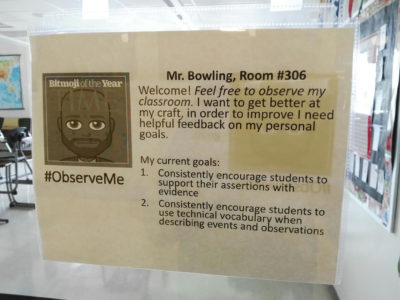This week is the annual Banned Books Week, where educators draw attention to the dangers of outright banning books in public schools and libraries. The list of “frequently banned and challenged books” tends to circulate, commonly eliciting a chorus of “Really, somebody has a problem with Judy Blume?”
While I believe than any book a public library can get its hands on ought to have space on a shelf somewhere in public access, I don’t think that elementary schools ought to be teaching Fifty Shades Darker even if it is written with the vocabulary and syntax of a fourth grader (so I hear…)


 In 1999 I was a relatively young National Board candidate. There were about 30 of us going through the process in our state, aspiring to join the seven or so Washington State NBCTs. Someone sponsored a reception in Seattle and then-governor Gary Locke was the featured speaker. While explaining his proposed 15% NBCT bonus, he remarked that someone in the Legislature asked him, “What if all of these candidates pass? How will we afford those bonuses?”
In 1999 I was a relatively young National Board candidate. There were about 30 of us going through the process in our state, aspiring to join the seven or so Washington State NBCTs. Someone sponsored a reception in Seattle and then-governor Gary Locke was the featured speaker. While explaining his proposed 15% NBCT bonus, he remarked that someone in the Legislature asked him, “What if all of these candidates pass? How will we afford those bonuses?”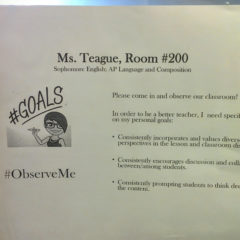
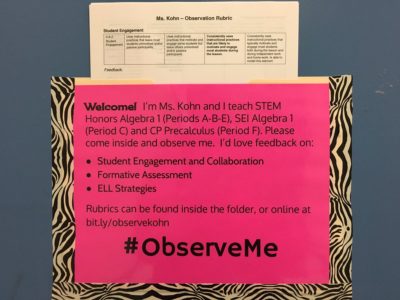
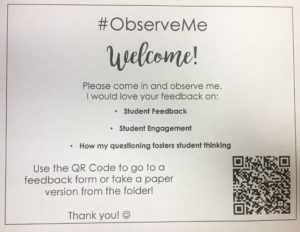 It forces me to have a growth mindset. If this sign is on my door, I am telling the world that I want to grow. I am inviting anyone to come in and comment on my instruct. Yeah, that’s a little scary. But it’s a healthy risk that models vulnerability and openness to others. Who could pop in? A visitor. A parent. The librarian. Another teacher on planning period. I’m both thrilled and terrified at the possibilities. The #ObserveMe challenge reminds us that teaching is relational and we need all types of perspectives to help us grow. This model is based on trust. By opening myself up to the community, I am making them a part of my learning process and saying that I value their voice in my growth.
It forces me to have a growth mindset. If this sign is on my door, I am telling the world that I want to grow. I am inviting anyone to come in and comment on my instruct. Yeah, that’s a little scary. But it’s a healthy risk that models vulnerability and openness to others. Who could pop in? A visitor. A parent. The librarian. Another teacher on planning period. I’m both thrilled and terrified at the possibilities. The #ObserveMe challenge reminds us that teaching is relational and we need all types of perspectives to help us grow. This model is based on trust. By opening myself up to the community, I am making them a part of my learning process and saying that I value their voice in my growth.